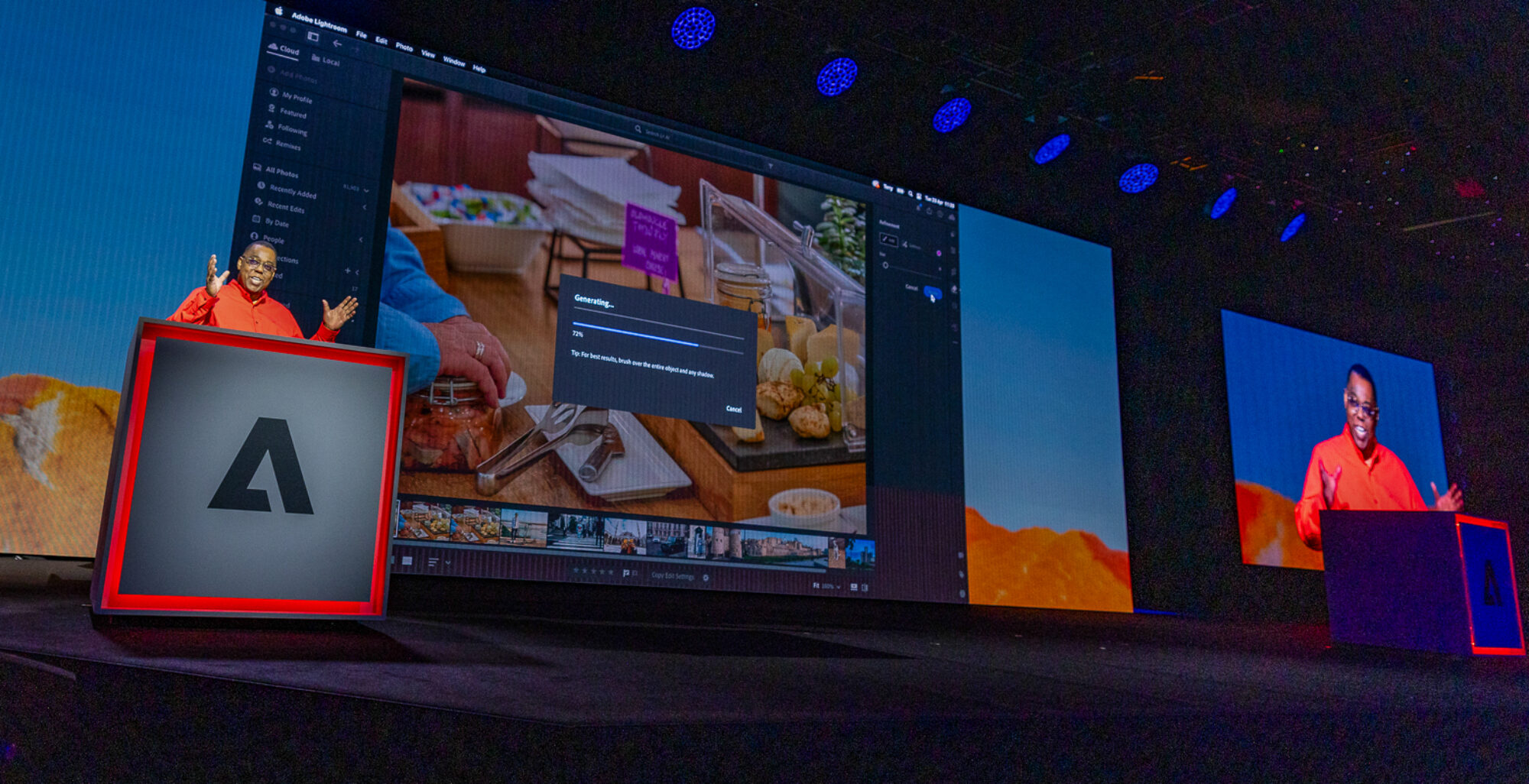What Makes the Best tech blog Stand Out Among Tech Enthusiasts and Specialists
What Makes the Best tech blog Stand Out Among Tech Enthusiasts and Specialists
Blog Article
Understanding the Rise of Edge Computer in Today's Digital World
In the quickly evolving landscape of innovation, edge computing arises as a pivotal pressure, reshaping exactly how information is processed and utilized. By transitioning information monitoring closer to the source, side computing addresses essential latency issues while enhancing data transfer usage and boosting safety and security measures.
What Is Side Computer
Edge computing, although a fairly recent improvement in the realm of innovation, basically changes how data is processed and managed by bringing computation and information storage space closer to the place where it is needed. Unlike standard cloud computing versions, which commonly depend on central information centers that can be geographically remote, edge computer decentralizes information handling. This closeness lowers latency, enhances real-time information processing, and boosts the total individual experience by guaranteeing much faster action times.
At its core, edge computer includes a network of local gadgets and infrastructure, such as routers, gateways, and sensors, capable of refining information at or near the resource. This localized processing ability is particularly vital for applications requiring immediate information evaluation, such as independent vehicles, commercial automation, and wise cities. Additionally, by offloading information processing tasks from main servers, side computing lowers transmission capacity demands and boosts information personal privacy and safety, as sensitive details can stay on-site instead of going across extensive networks.

Secret Vehicle Drivers of Fostering
A number of variables are thrusting the adoption of side computer in today's electronic landscape. One of the main vehicle drivers is the exponential rise in linked gadgets, commonly described as the Net of Things (IoT) This surge develops substantial quantities of information that need to be processed quickly and efficiently. Edge calculating addresses this need by enabling information handling closer to the information resource, lowering latency and boosting real-time decision-making capabilities.
An additional significant driver is the demand for boosted bandwidth efficiency. Centralized cloud systems can become overloaded with the large quantity of information produced by IoT devices, leading to traffic jams (Best tech blog). By processing data at the side, companies can relieve network congestion and boost overall system performance
Additionally, protection and privacy worries are pushing organizations toward edge computer. By refining sensitive data locally, companies can reduce dangers linked with data transmission and exposure to potential cyber dangers.
The surge of applications requiring real-time handling, such as independent vehicles and augmented fact, likewise requires the quick action times that border calculating provides. Collectively, these vehicle drivers are making edge computing an important element of modern IT facilities, paving the way for its widespread fostering across numerous industries.
Benefits Over Cloud Computer
Just how does edge computer identify itself from traditional cloud computer? Largely, side computing brings data handling closer to the source of information generation, commonly on local tools or nearby servers, rather than depending on centralized information.
Additionally, side computer improves transmission capacity efficiency (Best tech blog). By processing data locally, just the essential information is transmitted to the cloud for further analysis or storage space, lowering the quantity of information that traverses the network. This not just minimizes network blockage but additionally reduces information transmission prices
Side computer additionally supplies better data personal privacy and security. Sensitive information can be processed locally without being sent out to the cloud, minimizing the exposure to possible cyber risks. This is particularly beneficial for markets managing secret information, such as health care and monetary solutions.
Additionally, side computer ensures higher strength and dependability. Local processing enables for continued operation even when connectivity to the cloud is endangered, keeping necessary functions and solutions regardless of prospective network disruptions. These advantages jointly demonstrate edge computing's transformative potential in maximizing efficiency and safety and security in digital ecosystems.
Challenges and Considerations
While edge computing provides numerous benefits, it likewise offers distinct obstacles and factors to consider that have to be dealt with to fully understand its capacity. One significant difficulty is information safety and security and privacy. Handling data more detailed to the resource raises the threat of view it unauthorized access, necessitating durable file encryption and rigorous protection procedures to protect delicate details. Additionally, managing and checking a decentralized network of edge gadgets can be complicated, requiring sophisticated devices and approaches to ensure seamless procedure and upkeep.
An additional consideration is the scalability of edge computing options. As the variety of connected gadgets expands, so does the need for processing power at the side, which can bring about resource constraints. Organizations has to carefully plan their facilities to suit this development without endangering performance or effectiveness.
Interoperability is one more important factor. With various hardware and software parts included, making sure compatibility and seamless assimilation can be challenging. Standardization initiatives are necessary to facilitate communication between diverse systems.
Future Fads in Edge Computing
Preparing for the future, side computing is positioned to revolutionize various industries by making it possible for much faster information processing and reducing latency. As the volume of data created by IoT gadgets remains to grow, side computer will end up being progressively vital in handling this increase efficiently. One considerable pattern is the integration of artificial knowledge at the side, permitting real-time analytics and decision-making without relying upon cloud-based sources. This shift is anticipated to boost applications in autonomous lorries, clever cities, and health care, where prompt data processing is crucial.
Another arising trend is the development of edge-native applications designed especially to leverage the special capacities of edge computer. These applications will maximize efficiency and source application, bring about boosted efficiency throughout different markets. Moreover, improvements in 5G technology will further bolster edge computing by offering the necessary facilities for high-speed, low-latency interaction between devices and side nodes.
Conclusion
Edge computing's increase is driven by the spreading of IoT gadgets and the need for you can find out more real-time data processing, which enhances efficiency by reducing latency and decentralizing information monitoring. This approach minimizes transmission capacity inadequacies and protection problems, assisting in advancements in applications like wise cities and self-governing cars. Regardless of obstacles such as framework complexity and combination, the future of side computer click resources guarantees an extra responsive electronic ecosystem, with continued advancements forming its advancement and expanding its applicability throughout industries.
Edge computer, although a fairly recent development in the realm of modern technology, basically changes how data is processed and managed by bringing calculation and information storage closer to the location where it is required. Unlike standard cloud computing designs, which typically rely on central data facilities that can be geographically far-off, side computing decentralizes data handling. Additionally, by unloading information handling jobs from central web servers, side computer lowers transmission capacity requirements and boosts data privacy and safety and security, as sensitive information can continue to be on-site instead than passing through comprehensive networks.

Report this page